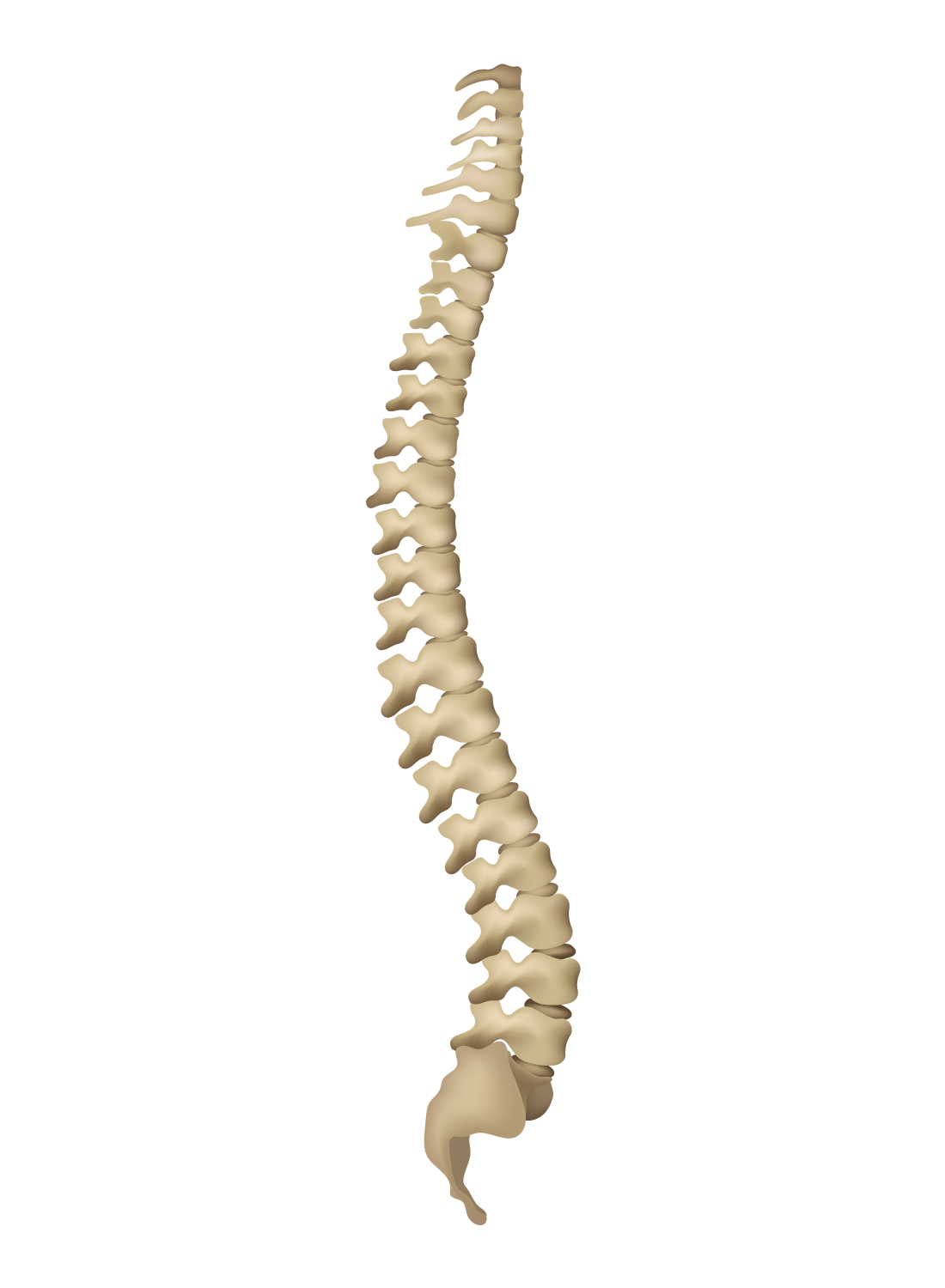Low back pain affects approximately 10-30% of the United States population with a lifetime prevalence of nearly 80%. According to the Lancet- Global Burden of Disease study, low back pain was the number one cause of years lived with disability which directly negatively affects the lives of those burdened with the diagnosis. Patients with low back pain often receive a multimodal array of treatment options within the US healthcare system including procedural interventions, opioid as well as non-opioid medications, physical therapy, psychotherapy, and surgery.
Given the prevalence of spinal pathology, the introduction of a spine emoji character represents an opportunity to have a universally accepted pictographic image to represent the spine and allow a more accessible conversation about spinal pathology.
Corp N, Mansell G, Stynes S, Wynne-Jones G, Morsø L, Hill JC, van der Windt DA. Evidence-based treatment recommendations for neck and low back pain across Europe: A systematic review of guidelines. Eur J Pain. 2021 Feb;25(2):275-295. doi: 10.1002/ejp.1679. Epub 2020 Nov 12. PMID: 33064878; PMCID: PMC7839780.
